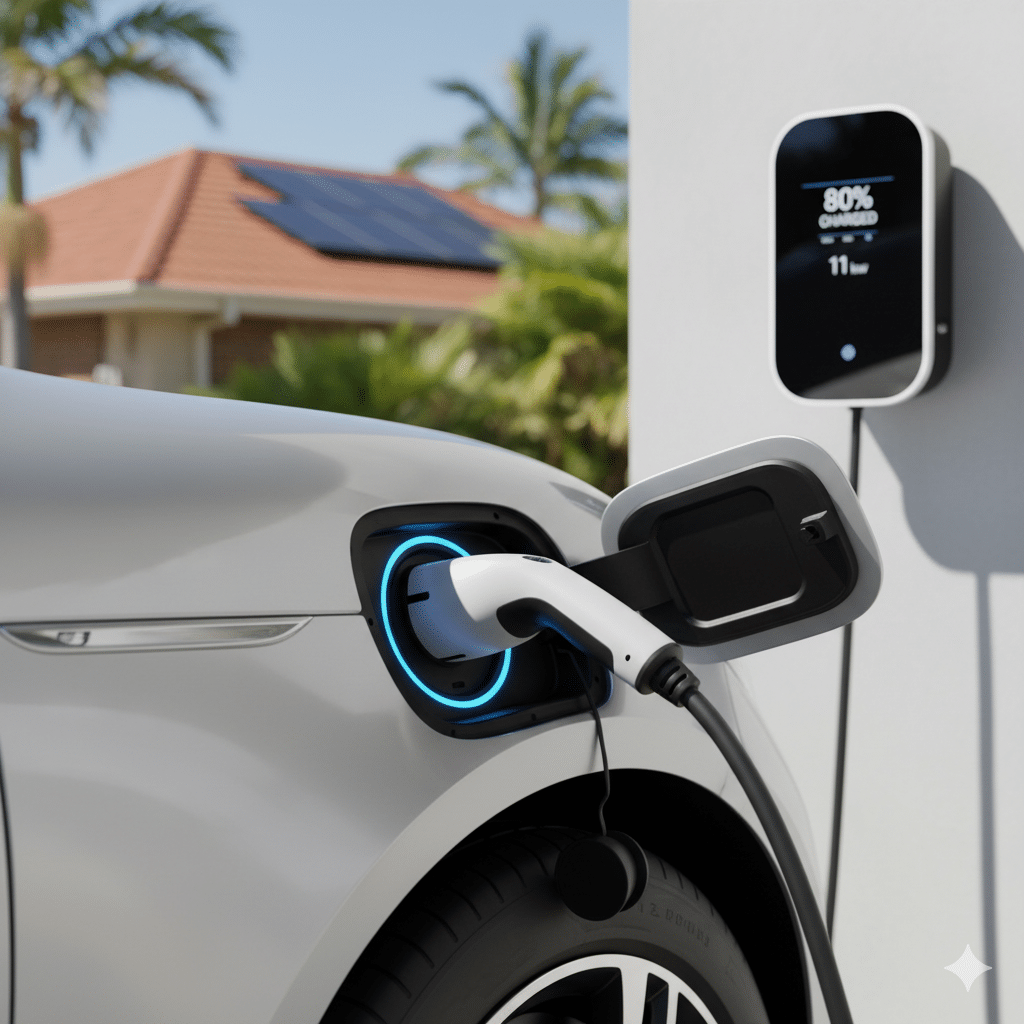In a recent article published in Eco Voice, Neil Davies, Managing Director of EA Technology Australia, critically examines the limitations of relying solely on smart meters to manage the increasing integration of renewable energy sources into the power grid. While smart meters have been instrumental in providing real-time data on energy consumption, Davies argues that they are insufficient in addressing the complexities introduced by renewable energy generation. Smart meters have been widely adopted with the promise of enhancing energy efficiency and providing consumers with detailed insights into their electricity usage. However, as renewable energy sources like solar and wind power become more prevalent, the intermittent nature of these energy supplies presents challenges that smart meters alone cannot resolve. For instance, during periods of low renewable energy production, the grid may struggle to meet demand, leading to potential instability. Conversely, excessive generation during peak renewable periods can overwhelm the grid if not properly managed. Davies emphasises the need for a more sophisticated approach to energy management that goes beyond the capabilities of smart meters. This includes the integration of advanced grid technologies, energy storage solutions, and demand response strategies to effectively balance supply and demand. Without these additional measures, the transition to a renewable-heavy energy landscape could face significant hurdles. The article also highlights concerns raised in other regions regarding the efficacy of smart meters, which are relevant to Australia as it expands its own smart meter deployment. In the UK, for example, the smart meter rollout has encountered numerous challenges, including malfunctioning devices and escalating costs, leading to consumer dissatisfaction. Similarly, in Scotland, technical issues with smart meters have resulted in higher energy bills for consumers, undermining confidence in the technology. These experiences underscore the importance of not viewing smart meters as a panacea for the complexities introduced by renewable energy integration. Instead, a holistic approach that incorporates a range of technologies and strategies is essential to ensure a stable and efficient energy system. Davies’ insights serve as a crucial reminder that while smart meters are a valuable tool in modernising our energy infrastructure, they must be part of a broader, integrated strategy to effectively manage the dynamic nature of renewable energy sources. As the energy landscape continues to evolve, stakeholders must collaborate to develop and implement comprehensive solutions that address both current and future challenges.
Read the full article here
Extreme weather events are exposing critical blind spots in Australia’s low-voltage networks
By investing in grid-edge visibility and load monitoring, DNSPs can unlock the full potential of CERs to enhance resilience, reliability and customer outcomes.





